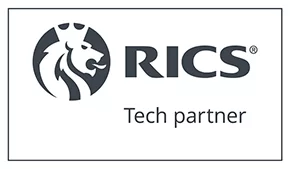Paying yourself the right way is one of the most important decisions you’ll make as a construction business owner in the UK. But whether you’re a sole trader or running a limited company, the answer isn’t as simple as “just take some money out.”
This guide breaks down everything you need to know about drawing income from your business—legally, tax-efficiently, and in line with HMRC rules.
This post is part of our UK construction startup series. For the full setup guide, read our How to Start a Construction Business in the UK.
Table of Contents
- 1. Paying Yourself as a Sole Trader
- 2. Paying Yourself via a Limited Company
- 3. How Much Should You Pay Yourself?
- 4. Drawings vs Payroll: Pros and Cons
- 5. Summary & Next Steps
- 6. FAQs
1. Paying Yourself as a Sole Trader
If you operate as a sole trader, all profits belong to you—but that doesn’t mean it’s tax-free. You do not pay yourself a salary. Instead, you take what’s called an owner’s drawing.
Key Facts:
- Drawings are taken from business profits
- They are not tax-deductible business expenses
- You pay Income Tax and Class 4 National Insurance on profits via Self Assessment
Best Practices:
- Open a separate business bank account
- Transfer money into your personal account as needed (i.e. your “wage”)
- Set aside around 25% of your income for tax and NI liabilities
- Keep accurate records of all drawings
2. Paying Yourself via a Limited Company
If you run a limited company, your business is a separate legal entity. This means you can’t just help yourself to company funds. Instead, you pay yourself via:
- Salary (processed via PAYE)
- Dividends (paid from company profits after tax)
Salary (PAYE)
Paying a salary is tax-deductible for the company. But it requires PAYE registration, payslips, and filing Real Time Information (RTI) with HMRC.
Dividends
Dividends are not subject to National Insurance and are taxed at lower rates than salary. You can only pay dividends from post-tax profit.
Typical Approach:
- Pay yourself a salary just below the NI threshold (~£12,570/year)
- Top up with dividends if the company is profitable
- Use a charge-out rate calculator to ensure your earnings are sustainable
3. How Much Should You Pay Yourself?
The amount you take depends on:
- Business profits
- Your personal financial needs
- Tax thresholds (Income Tax and Dividend Allowances)
- How much cash the business needs to retain
Use reasonable judgement. As a director, HMRC expects you to pay yourself a “reasonable” salary if you’re working full-time in the business.
4. Drawings vs Payroll: Pros and Cons
| Feature | Sole Trader (Drawings) | Limited Company (Payroll + Dividends) |
|---|---|---|
| Tax deducted at source | No | Yes (via PAYE) |
| Requires payroll system | No | Yes |
| Eligible for dividends | No | Yes |
| National Insurance paid | On profit | Via payroll |
| Ease of setup | Simple | More admin |
| Tax planning opportunities | Limited | High |
5. Summary & Next Steps
In short:
- If you’re a sole trader, take drawings—but plan for tax!
- If you’re a limited company director, use a combination of salary and dividends
Also read:
6. Frequently Asked Questions
What is the best way to pay myself as a sole trader?
The simplest method is to take drawings from your business account as needed. You do not need to run payroll or register for PAYE. However, these drawings are not deductible business expenses—they’re treated as part of your profit and taxed via Self Assessment. Keep at least 25% of your income aside for Income Tax and Class 4 National Insurance.
How do I pay myself from a limited company?
Most directors use a mix of PAYE salary (to maintain eligibility for state benefits) and dividends (to reduce tax). For example, you might pay yourself £12,570/year in salary and top up your income with dividends, which are taxed at lower rates and exempt from National Insurance.
Can I take money out of my company whenever I want?
No. If you withdraw funds without declaring them as salary or dividends, it’s recorded as a director’s loan. This must be repaid or can trigger heavy tax charges. Always use payroll or dividend procedures to stay compliant.
Are dividends tax-free?
Not entirely. You get a £1,000 dividend allowance (2025/26) each tax year, but anything over that is taxed based on your total income. Current dividend rates are lower than income tax bands, making them attractive for directors of profitable companies.
Do I need to register for PAYE to pay myself?
Only if you’re paying a salary through a limited company. Sole traders do not use PAYE and instead report profits via Self Assessment. To run PAYE, you must register as an employer with HMRC and file monthly payroll reports.
Can I pay myself a salary as a sole trader?
No. Sole traders cannot put themselves on payroll. Instead, you take drawings, and your entire profit is subject to Income Tax and National Insurance through your Self Assessment tax return.
Is it better to pay myself weekly or monthly?
This depends on your budgeting habits. For directors, monthly payroll aligns with HMRC reporting requirements. Sole traders have more flexibility and can draw money at any time, but regular monthly drawings can help with consistency and savings planning.
Do I pay National Insurance on dividends?
No. One of the key advantages of dividends is that they are not subject to National Insurance. However, you must ensure that dividends are paid from after-tax profits and properly documented with meeting minutes and dividend vouchers.
What is owner’s equity, and does it affect drawings?
Owner’s equity is the value left in your business after subtracting liabilities from assets. You should not withdraw more than your business can support. Overdrawing could leave your business underfunded or cause cash flow problems.
How much should I pay myself?
This depends on your business profits, personal expenses, and tax strategy. Read our full guide: How Much Should You Pay Yourself? or use our charge-out rate calculator to benchmark what you can afford to draw while keeping the business sustainable.
What if my business isn’t profitable—can I still pay myself?
If you’re a sole trader and your business has no profit, any money you take out is technically your capital, and still reportable to HMRC. As a limited company director, you can pay a small salary but cannot take dividends without declared profit. Drawing money during a loss-making period may also trigger director’s loan rules.











